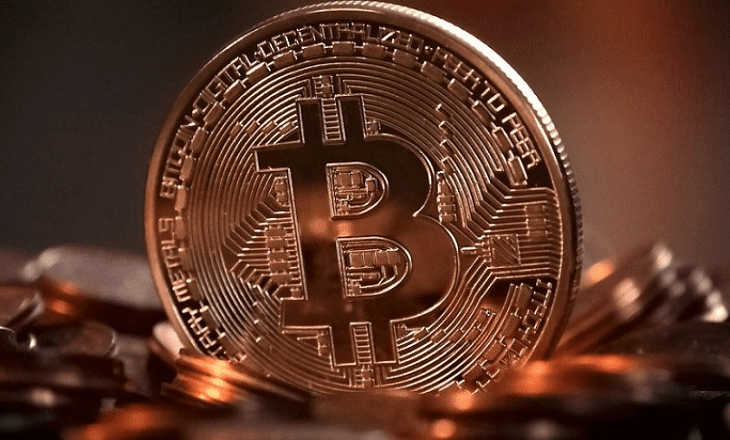Crypto enthusiasts are always predicting a tsunami of capital inflows, as soon as institutional investors jump on board the crypto train. Many analysts have researched traffic and blockchain addresses in several ways to determine if the “fingerprint” of an institutional player is already present, and possibly not in a small way, in Crypto-Land. It is a given that institutional investors, especially big banks, hedge funds, and commingled funds have a preference for hedging their positions in the futures markets. Crypto volumes at the CME have been skyrocketing, of late, leading analysts to believe that institutional investors are already a large factor in daily trading volumes.
CME is not the only exchange trading futures contracts. The CBoE recently curtailed its product offering, claiming a lack of volume, but CME alone recorded a daily volume total on paper that exceeded all spot markets for the day. Deribit, BitMEX, and the Kraken-owned CryptoFacilities, together with the CME, are hitting new volume highs with each passing day, suggesting that institutional investors are prominent in the futures arena.
For example, on May 13th, the CME processed 33,677 contracts comprised of 168,385 paper BTC, valued at over $1 billion. Confirmation from a CME source via email noted that: “May is shaping up to be the strongest month ever for CME Bitcoin Futures.” The CME has over 2,500 active client accounts, which per the same source demonstrates that the marketplace is “increasingly using BTC futures to hedge Bitcoin risk and/or access exposure.” Individuals at BitMEX claim to have processed $78.6 billion worth of volume within the first three weeks of May.
Diar, a cryptocurrency publication, recently published a newsletter that “divulged that Bitcoin derivatives volumes have grown dramatically alongside volumes seen on spot markets.” The Diar data confirmed what John Todaro, a crypto analyst, had already tweeted online: “Futures volumes outpaced spot exchange volumes for the first time ever–suggesting a rise in institutional interest in #crypto.” Another analyst and developer that goes by the name of Romano went a step further to reveal that this recent interest in futures by “manager/institutional players trading the CME contract are long, not short.”
Going one step further, researcher Willy Woo has reached an interesting conclusion about patterns surrounding this recent trading. He detected no movement of capital on-chain to match up with these futures transactions. He surmised that the action was due to “pros trading, and squeezing shorts to milk profits”, which may not sound like a bad thing, but the concern is what will happen when these derivatives can be magnified with the aid of margin trading, a feature that Binance has recently announced.
The derivatives market is an easy way to short Bitcoin, for example, but insiders see the specter of price manipulation raising its ugly head, when “pros” gang up for a squeeze. Margin trading will only raise the ante for this type of abusive trading, especially when the contracts must physically settle in-kind, as intended on the Bakkt and the ErisX exchanges.
Former Wall Street Bank Caitlin Long noted this possibility in 2018, claiming that: “Margin-enabled futures markets for Bitcoin and other cryptocurrencies may be detrimental, as they allow for the issuance of more assets out of thin air to dilute existing holders, or from the creation of more claims to the asset than there are assets.”
The participation of institutional investors in both the traditional crypto and futures markets has always been viewed as a game changer for all things crypto. Such activity would, as the argument goes, reduce volatility, remove opportunities for arbitrage, and tighten spreads, but the specter of price manipulation has never been mentioned before as a potential downside. More research is needed to find ways to curb abusive price manipulation tactics to protect investors and mitigate a primary concern of regulators.
